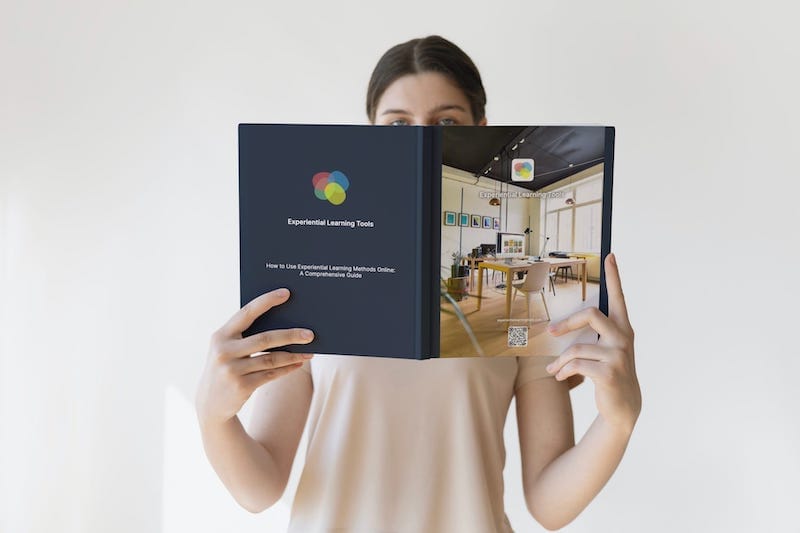For pretty much all teams effective communication is the cornerstone of success. Therefore as
L&D professionals, understanding and adapting to various communication styles is not just beneficial; it's essential. This blog post explores the diverse landscape of communication styles, offering insights into identifying and adapting to these styles for enhanced learning outcomes.
Understanding Communication Styles
Communication styles can be broadly categorized into four types: Assertive, Aggressive, Passive, and Passive-Aggressive.
-
Assertive Communication: This style is characterized by clarity, directness, and respect for oneself and others. Assertive communicators express their opinions confidently while considering others' viewpoints.
-
Aggressive Communication: Often seen as domineering or confrontational, aggressive communicators tend to express themselves in a way that disregards others’ feelings or opinions.
-
Passive Communication: Passive communicators often avoid expressing their feelings or opinions, leading to misunderstanding and underrepresentation of their needs.
-
Passive-Aggressive Communication: This indirect style of communication combines passive and aggressive elements. Individuals might appear passive on the surface but act out aggressively in subtle ways.
Identifying Communication Styles in L&D Settings
Recognizing these styles in an L&D context involves keen observation and empathy. For instance, during a training session, an assertive participant might actively engage in discussions, while a passive individual may hesitate to contribute. Aggressive communicators might dominate conversations, whereas passive-aggressive individuals might agree outwardly but show resistance through their actions.
Adapting Training Methods to Communication Styles
Tailoring L&D strategies to accommodate these styles is crucial. For assertive communicators, collaborative activities and open discussions can be effective. With aggressive communicators, it's important to set clear boundaries and rules for engagement. For passive participants, creating a safe and encouraging environment is key to drawing them into the conversation. Lastly, for passive-aggressive communicators, addressing conflicts directly and fostering open communication can be helpful.
Developing Communication Skills in L&D Programs
As
L&D professionals, part of our role is to develop these skills among learners. This can be achieved through role-playing exercises, communication workshops, and feedback sessions. Encouraging self-awareness and empathy goes a long way in helping learners understand and adapt their communication styles.
The Impact of Cultural and Individual Differences
It's crucial to acknowledge that communication styles can be influenced by cultural backgrounds and individual personality traits. As L&D professionals, respecting and adapting to these differences is essential for creating inclusive learning environments.
Technology’s Role in Communication Styles
In today's digital age, understanding communication styles extends to virtual platforms. Digital communication tools require a different approach, often blending various communication styles. For instance, assertiveness might be conveyed differently in emails compared to face-to-face interactions.
Challenges and Strategies in Virtual L&D Environments
Virtual environments present unique challenges in identifying and adapting to communication styles. L&D professionals must be adept at recognising non-verbal cues in digital formats and ensuring that all communication styles are effectively engaged in virtual settings.
Summary
For L&D professionals, mastering the art of communication is a journey of continuous learning and adaptation. By understanding and effectively responding to various communication styles, we can create more effective, inclusive, and dynamic learning environments. In doing so, we not only enhance the learning experience but also foster a culture of respect and understanding, which are key pillars of successful professional development.
This is the first part of a series of posts aiming to share knowledge and insights on the subject of Communication Styles.
Follow us on LinkedIn to keep up to date with subsequent posts.

